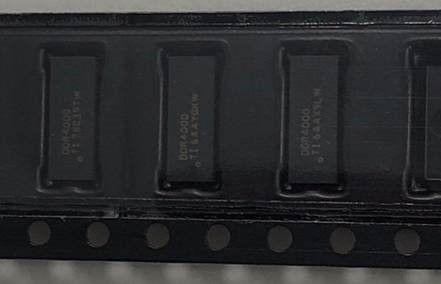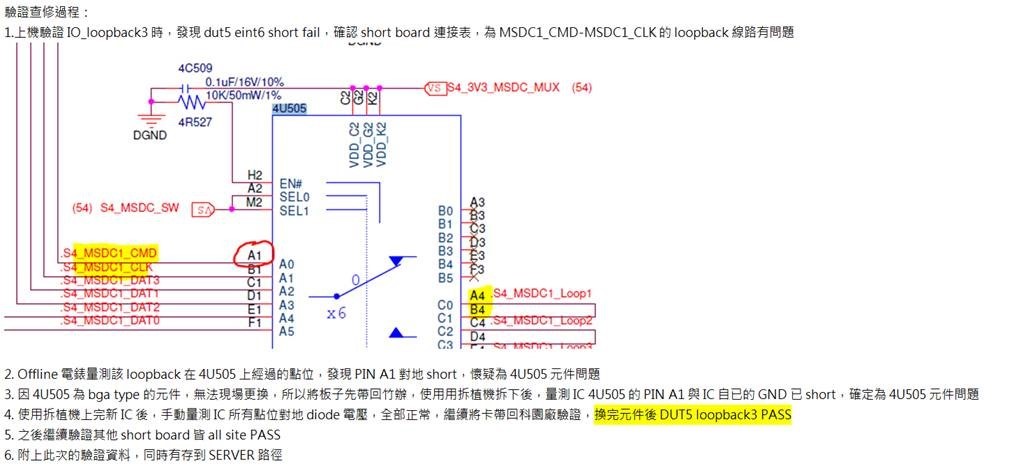Dear Rami
As in was it previously soldered or was this probed initially out of packaging? If so what are the operating conditions? Could you probe the traces to see if there are any connectivity issues here?
Ans:Assembly with taping stock.(peak reflow temperature : 220+/-5℃)
Additionally, how is the handling of the device being managed? Is any extra ESD protection such as a wrist strap being used?
Ans:We all wear anti-static wrist strap to work, the task was carried out on ATE machine with whole ESD protection.
Please have a reply.
Thanks~






